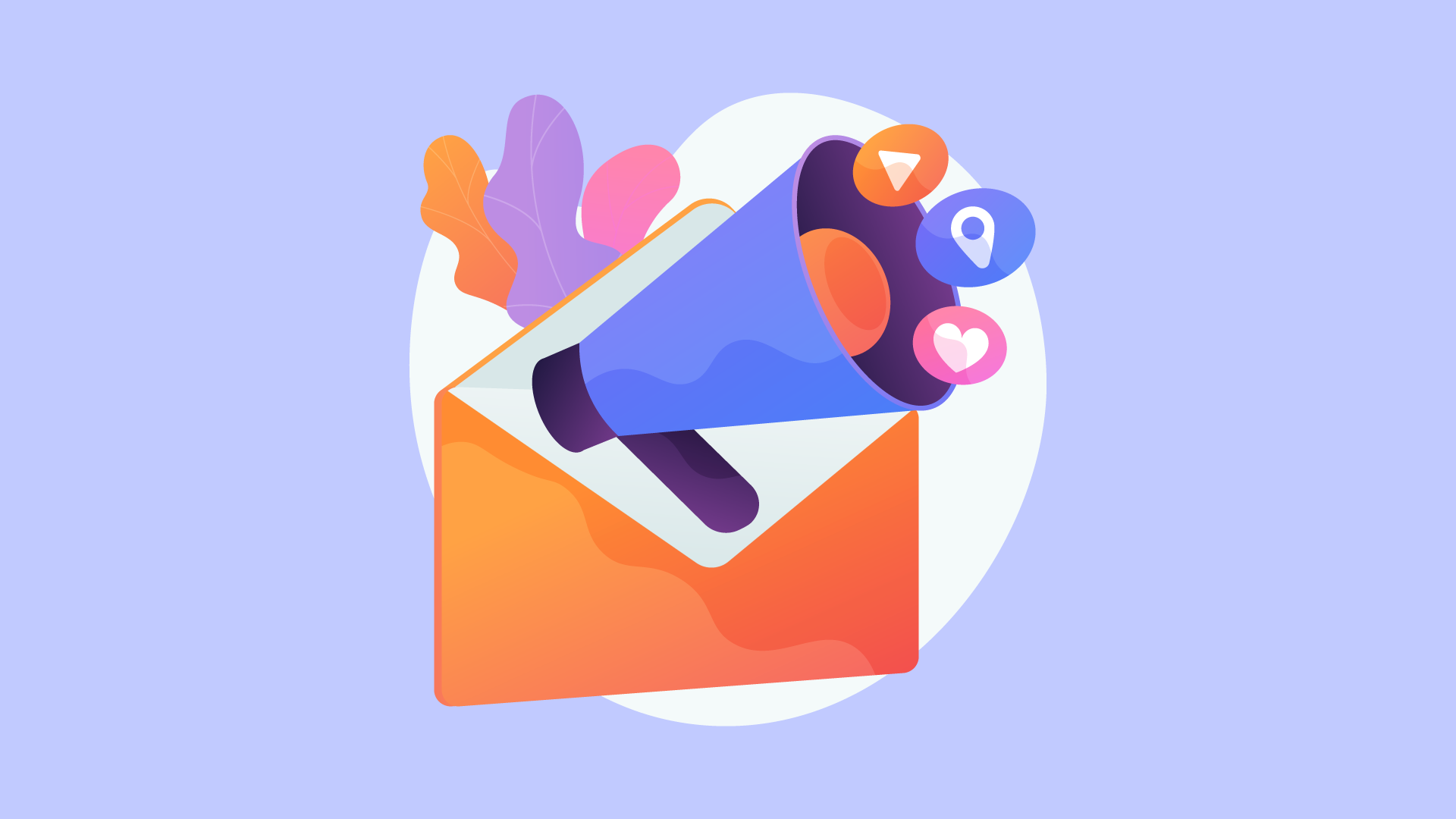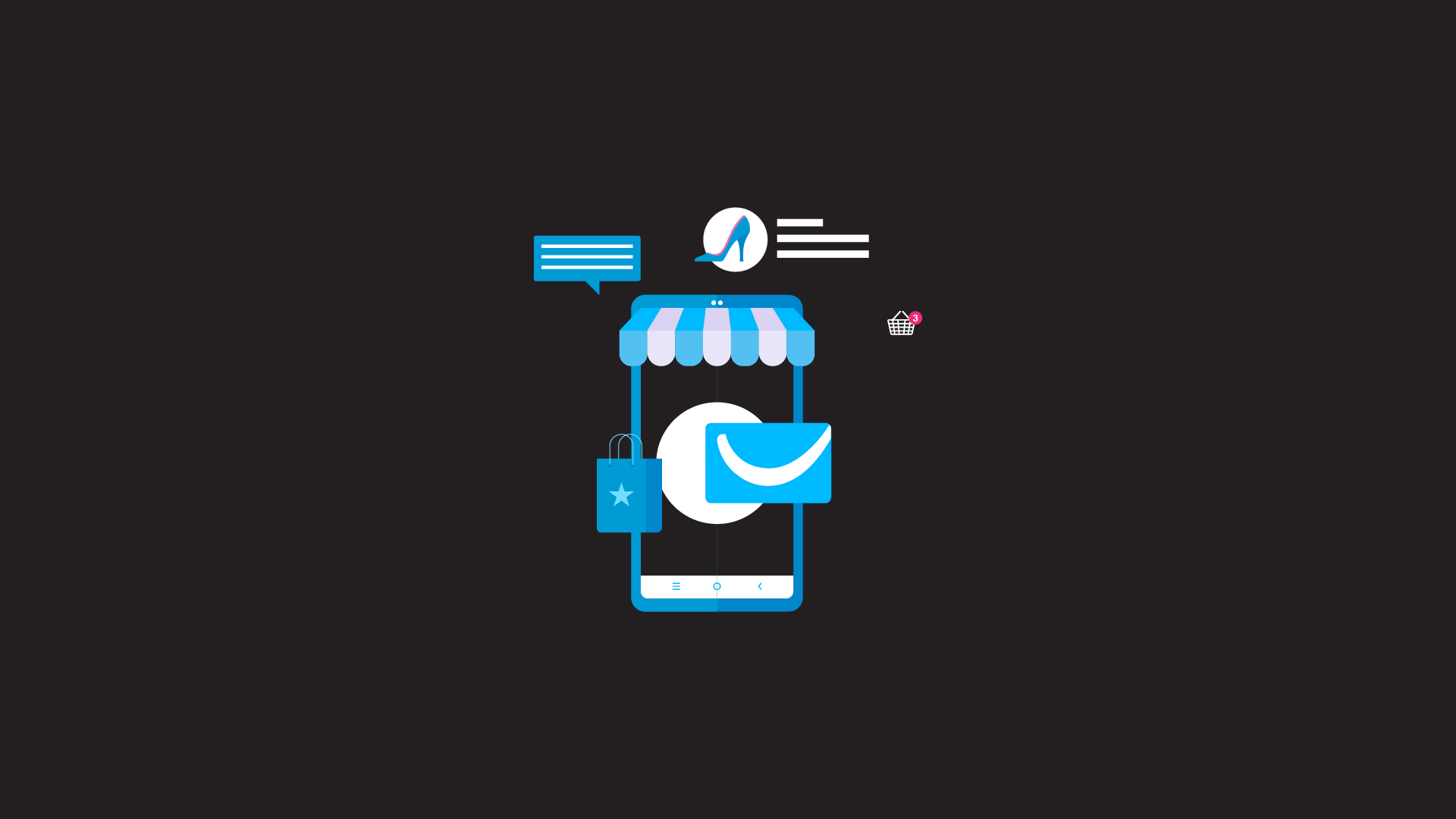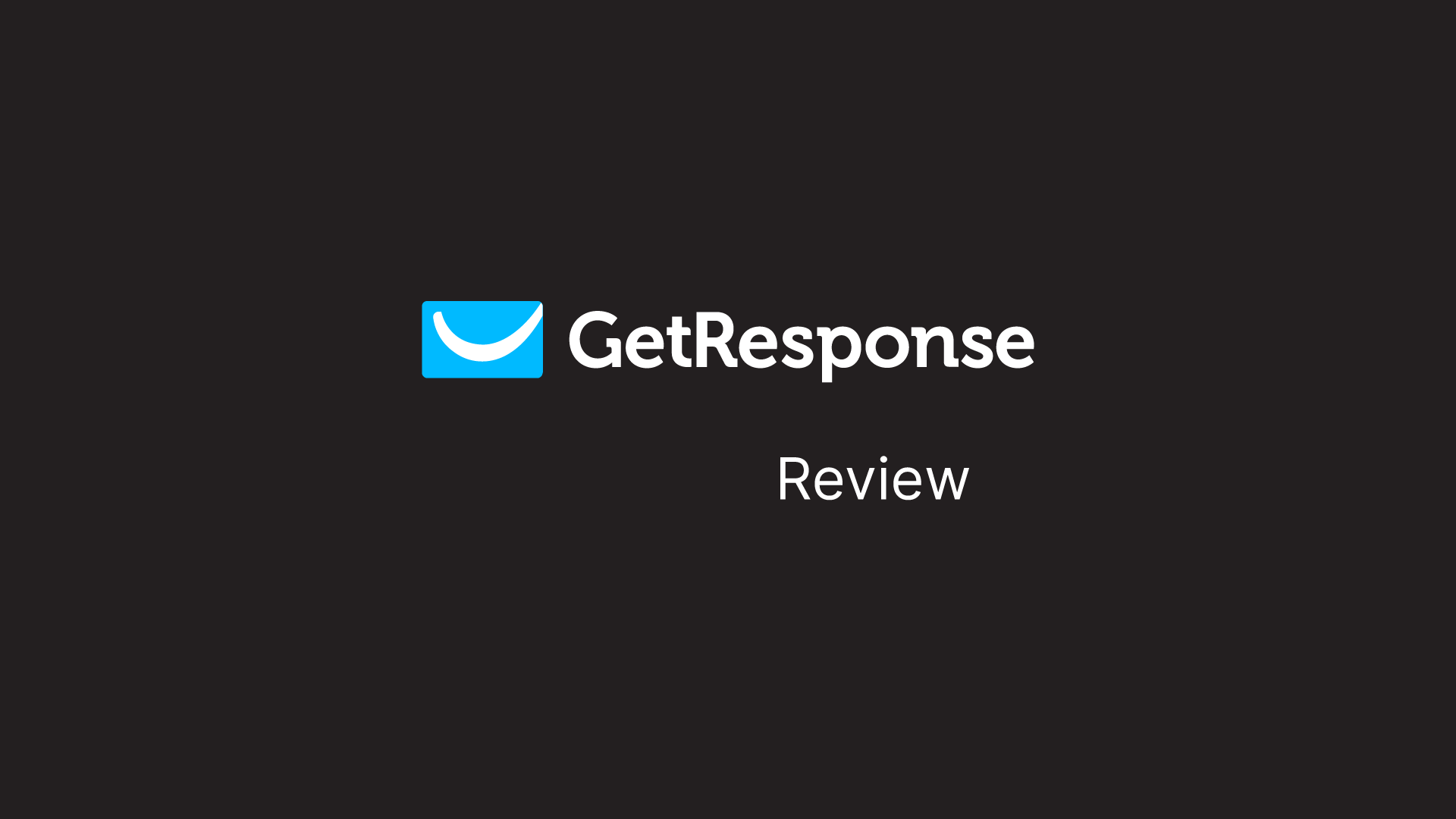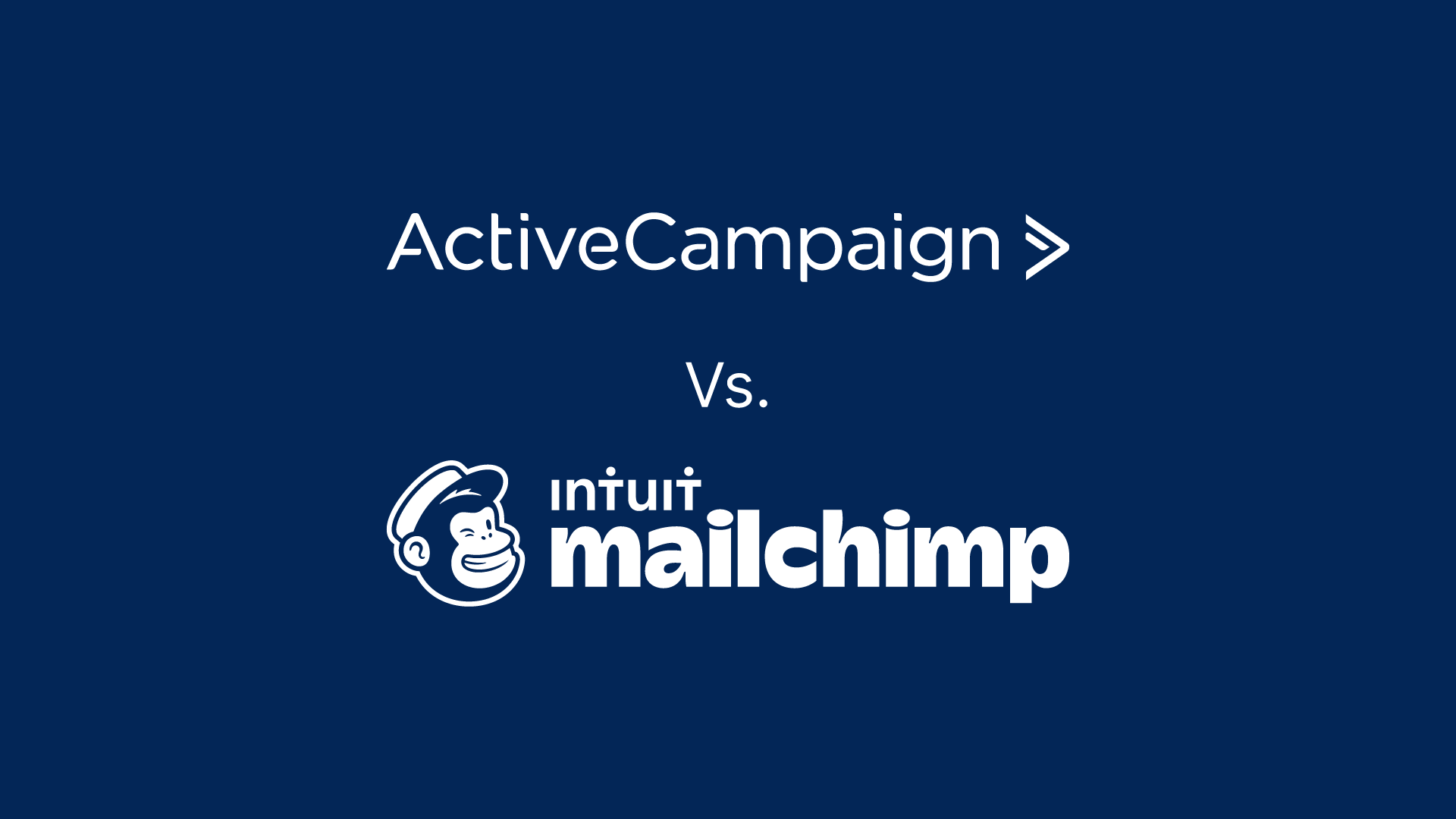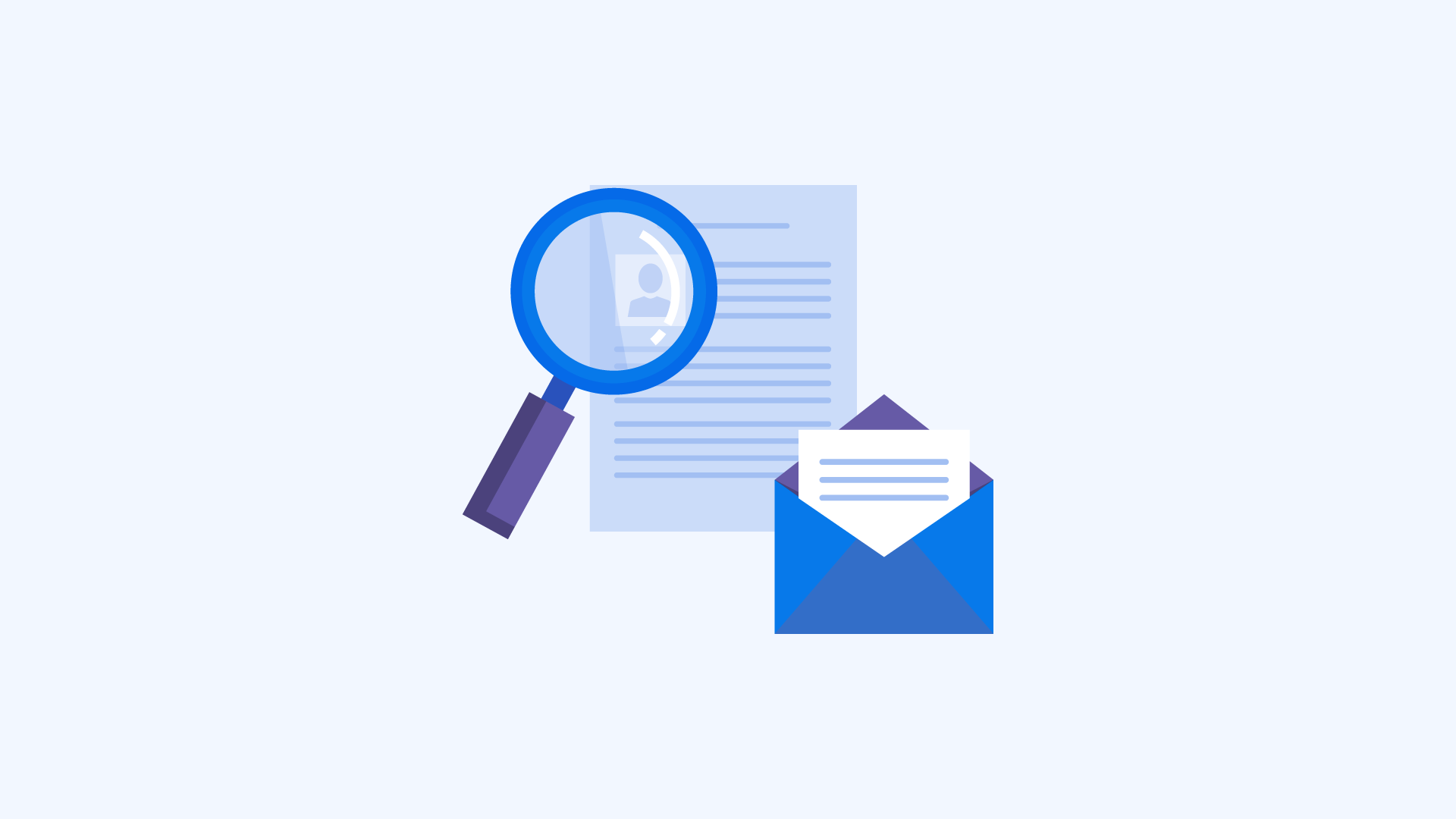Email marketing is one of the most effective ways to reach out to potential customers and clients. Most marketers use email to send promotional messages to their subscribers. While some businesses also use it to communicate important information, emails also serve as an excellent tool to build relationships with customers and prospects. Learn how to effectively use email marketing to promote your business.
According to Statista, in 2021, there were an estimated 319.6 billion e-mails sent and received daily around the world. This figure is projected to increase to 376.4 billion daily e-mails by 2025. The number is increasing dramatically. Why? Because email marketing is proven to deliver better ROI (return on investment).
Today, everyone uses email to stay connected with friends, family, colleagues or even random acquaintances. Your customers are no exception. If you want to start using email marketing to boost sales, it’s crucial to develop a clear strategy for each campaign. There are plenty of tools available today that allow you to track your performance, design beautiful templates and automate tasks. Let us show you how to begin building your email marketing program.
What is Email Marketing?
Email marketing is the process of sending promotional messages to potential customers via email. This could include newsletters, offers, promotions, etc. Typically, it is used to generate sales or leads. It may contain advertising.
What is Email Marketing?
Email marketing has become a powerful tool for businesses of all sizes. If you haven’t already started using email marketing, now is the time to start. Learn why email marketing is important and how to get started today.
Email marketing is a form of direct marketing where companies send messages to their customers through emails. The main objective of email marketing is to promote sales or generate leads. In addition to being cost-effective, email marketing also helps build relationships between brands and consumers.
Email marketing is a great way to reach out to potential clients and increase brand awareness. There are several ways to go about email marketing, such as sending newsletters, promotional offers, and event invitations.
Why Email Marketing Is Important?
Email marketing is still a vital part of any digital marketing campaign, even though many marketers are moving toward more modern platforms like Facebook and Instagram. Here are some reasons why you should consider sending emails to your customers and prospects.
The Benefits of Email Marketing
Email marketing allows you to reach out to customers in ways that weren’t possible just a few short years ago. You can send messages instantly, track how recipients open your email and even target specific segments of your audience based on demographics, interests, or behavior. And thanks to advances in technology, it’s easier than ever to manage your entire campaign from one place. Here are some benefits of email marketing:
1. Conversions (selling your products and services)
If you’re launching a sale or promotion, consider sending your subscribers an email campaign to encourage them to purchase your product. Furthermore, you can also use these email marketing techniques to increase conversions:
- You can send personalized coupons or special offers for your subscribers’ birthdays or anniversaries, in welcome email messages, and as a means to re-engage an audience.
- When a visitor adds an item to their shopping cart but does not complete checkout, it’s called “cart abandonment.” You can also send abandoned cart emails to remind people about products that they had previously viewed but did not complete the purchase.
2. Brand awareness
Email is great because it allows you to contact people directly. One-on-one communication is at its finest when it comes to email. You can’t just send an email to someone’s inbox without permission. It’s a curated collection of favorite brands and publications.
Sending emails to people who’ve opted-in to receive them will keep your brand fresh in their minds. Personalized marketing emails are more effective than social media posts where you cannot be sure whether or not they’ve been read by anyone.
Email marketing has one of the biggest advantages: Its scalability. It means that email messages can reach a large number of people at low costs compared to other marketing methods.
3. Customer loyalty
Emails drive customer loyalty throughout the entire buying journey: from nurturing leads to converting them into customers to keeping existing customers engaged, and finally retaining them for life. Email marketing combined with sales CRM software is a useful tool for improving customer relationships.
Email marketing is an excellent way of building community among people who share similar interests.
To learn more about the benefits of email marketing, in our ultimate guide to email marketing.
Types of Email Marketing
Email marketing is one of the best ways to reach your audience. But there are many different types of email campaigns you can send out. Here are some examples of each type of campaign, along with what you could use them for:
Promotional emails
A promotional email is a type of marketing communication where you send out messages about your brand, products, or services to people who have opted into receiving information from you. You typically use promotional emails to encourage customers to make purchases, sign up for newsletters, or take some action related to your product or service.
Informational emails
Newsletters are a great way for businesses to communicate with their customers and prospects. They provide regular, consistent communication about what’s happening within the organization. This helps build trust and loyalty among your audience. Plus, it gives you a chance to educate people on important topics like industry news, upcoming events, product launches, etc.
Announcements are typically sent via email. These messages tend to be shorter and less frequent than newsletters. They often contain information about special offers or promotions.
Make sure to send out informative rather than promotional emails. Promotional emails can come across as spammy and unprofessional. Informative emails are much better received because they give recipients something useful and relevant to read.
Re-engagement emails
A customer retention program might seem like a no-brainer, but it can be difficult to implement without some planning. In fact, according to Hubspot, there are four main components you need to consider when creating a successful customer retention strategy.
1. Know Your Customer
First things first, you need to know what makes your current customers tick. What do they want out of your product/service? How often do they use your product/service? Are they happy with it? Do they feel valued? This information helps you understand why they haven’t been contacting you recently.
2. Identify Their Pain Points
Once you’ve got a better understanding of your customer’s needs, you’ll be able to identify where they struggle most. For example, maybe they don’t find your support team helpful enough, or perhaps they think your pricing structure isn’t competitive enough. These pain points are
3. Create Relevant Content
Now that you know what your customers are struggling with, you should create content that addresses these issues. For instance, if your customers aren’t finding your support team helpful, then you should write articles that help solve this problem. If they’re frustrated by your pricing structure, then you should offer discounts to entice more sales.
4. Send Personalized Messages
Finally, once you’ve created content that solves your customers’ problems, you need to personalize your communications. That means sending targeted emails based on the interests and preferences of individual customers. For example, if someone has purchased a specific item in the past, you may want to remind them about an upcoming sale. Or, if they signed up for your newsletter last month, you may want to send them a reminder about your latest blog post.
Email marketing is one of the best ways to keep in touch with your customers. It allows you to connect with them at any time, day or night. And, since it doesn’t require a lot of effort, you can easily scale it up to reach even larger audiences.
How to Do Email Marketing
Email service providers (ESP) are basically like your local post office. ESPs provide businesses with an online platform for sending out their marketing messages.
An ESP is software that helps send and manage email marketing campaigns.
It’s also known as an email marketing platform (or email marketing tool), email marketing service, or even email marketing software.
You may be thinking, “Can’t I just use my regular email service?” or “Is there any reason why I would want to pay for something when I could get it free?”
You can technically send an email from Gmail. However, we don’t recommend doing so because it might not go well. You might encounter issues with limited email bandwidth, email design, and more importantly email deliverability. Here’s why:
Internet Service Providers (ISPs) like Gmail, Outlook, Yahoo, etc. are designed for individual use — not for mass emails. They’re free to use but they’re not free bulk mail senders. When a mass email is sent out from an ISP, it is easy for spam filters to flag it and disable your account if there is any suspicion of spamming.
- On the contrary, ESPs have the necessary infrastructure in place to ensure good email deliverability rates, which means they can send out emails to your subscribers without having to worry about spam filters blocking their messages. To ensure that you’re setting yourself up for email marketing success from day one, consider using an email marketing service.
How to Choose Email Marketing Software
With dozens of ESPs on the marketplace, it can be difficult to find the best option for your needs. While there are many different types of ESPs, each offers similar features and benefits. Most offer the same core functionality. However, each has unique strengths and weaknesses. For example, some providers excel at tracking conversions while others are better suited for sending bulk messages. Others focus on delivering high-quality deliverability while others are known for their powerful automation capabilities.
The key is finding the solution that works best for your business. To make sure you’re making the right choice, here are some questions to ask yourself about your current situation and what you hope to achieve with your email campaigns.
1. How much money do you want to spend?
If you have a small budget, cheap email marketing services are probably your best bet. These services typically provide basic templates and tools for creating simple campaigns. They don’t require a lot of customization, and they won’t cost you thousands of dollars per month. On the flip side, if you have a large budget, you’ll likely need something more robust. You might consider a premium service like Pabbly.
2. Do you already use another ESP?
If you’re already working with an existing ESP, you may be able to save money by switching to a cheaper alternative. This is especially true if you’ve been happy with your previous provider and aren’t looking to change anything major.
3. Are you planning to send newsletters? Or just regular emails?
Depending on how often you plan to send emails, you may want to look into either a newsletter service or a standard ESP. If you’re only going to send occasional updates, then a standard ESP will work fine. But if you’re planning to send frequent emails, such as monthly newsletters, then you should opt for a dedicated newsletter platform.
How much does email marketing cost?
Email marketing costs will depend on how many people are on your email list, what type of technology you use, and whether you want help managing your campaigns.
Depending on the size of your list, the number of emails you send, whether you want help setting up your system, and the technical specifications you’re looking for, email marketing costs can vary greatly.
Some people don’t need anything else from their email marketing service provider besides basic features. Email marketing costs hundreds or thousands of dollars each month for some companies.
When you’re looking at different options for marketing automation software, you’ll see most providers base their pricing primarily on the size of your contact database. This pricing model may be attractive for new clients, but it becomes increasingly expensive if you grow your client base.
But increasing your subscriber base is the main purpose of email marketing!
GetResponse is an easy-to-use email marketing platform that allows you to easily create beautiful newsletters and automated campaigns.
They have a free plan that can help you get started with 500 contacts and you can send an unlimited number of emails.
How to get email lists for marketing
You’ve probably heard people say “You can’t build a list without sending out an email campaign.” But what do they mean? And why are they wrong?
The answer is simple: you can’t send email campaigns unless you have someone to send them to. So let me ask you something: how many people are on your email list? If you’re like most marketers, the number is zero.
That’s because everyone on your email list needs express consent to be there. They need to agree to receive emails from you. This means they had to give their contact information to you in some way.
For example, they could have filled out a form on your site asking for their name, email address, phone number, etc. Or they might have done it in another way: maybe they gave you their phone number when they signed up for your newsletter, or they used Facebook or Twitter to connect with you.
Either way, they agreed to receive emails sent from you.
So now that we know that everyone on your list must have given their express consent, it makes sense that you’d want to make sure that every person on your list wants to receive emails from you in the first place. Otherwise, you’ll end up sending spam to people who don’t want to hear from you.
Now that you understand why you need to build a list of opt-in subscribers, it’s time to figure out how to go about doing that. Here are three ways to build a list of engaged, interested subscribers:
1. Build a List Using Email Signups
Email signup forms are one of the best ways to build a list. You can use these forms to collect names, email addresses, and other data that will allow you to start building relationships with your audience.
Here is an example of an email signup form:
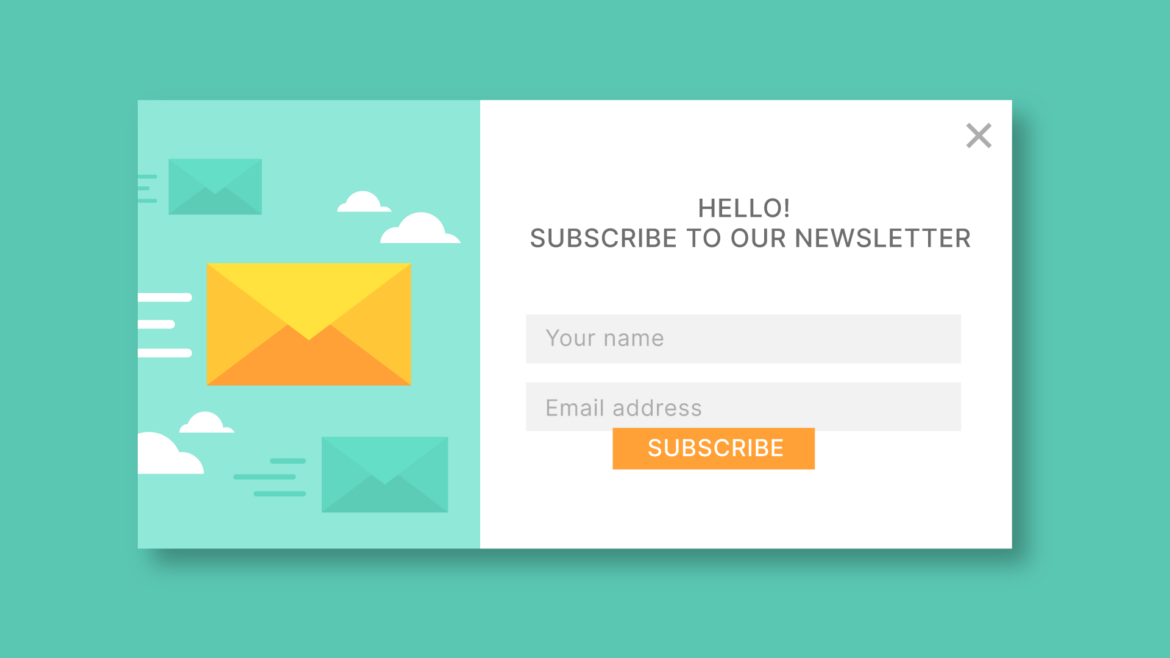
2. Use Social Media to Grow Your List
Social media platforms such as Facebook and Twitter are great places to promote your email signup form. You can share links to your signup page on social media so that your followers can sign up right away.
3. Promote Content That People Will Want To Read
If you want to build a list of subscribers, then you need to provide value to those people. The only way to do this is by creating content that people want to read.
This doesn’t just apply to blog posts, but also to ebooks, infographics, videos, podcasts, and more. If you want to start a blog, use our “How to Start a Blog” guide.
Once you’ve created valuable content that people want to consume, you can promote that content through email marketing.
This is where things get interesting. Because once you’ve built a list of subscribers, you can send them emails that are personalized based on their interests.
5 Best Email Marketing Software
Email marketing software helps businesses send emails to their customers without having to know how to write code. These tools are easy to use because they have a drag-and-dropper interface and pre-designed templates. They offer features like autoresponders, segmentation, analytics, social media integration, etc.
Here are some of the best email marketing platforms out there: The Best Email Marketing Software

